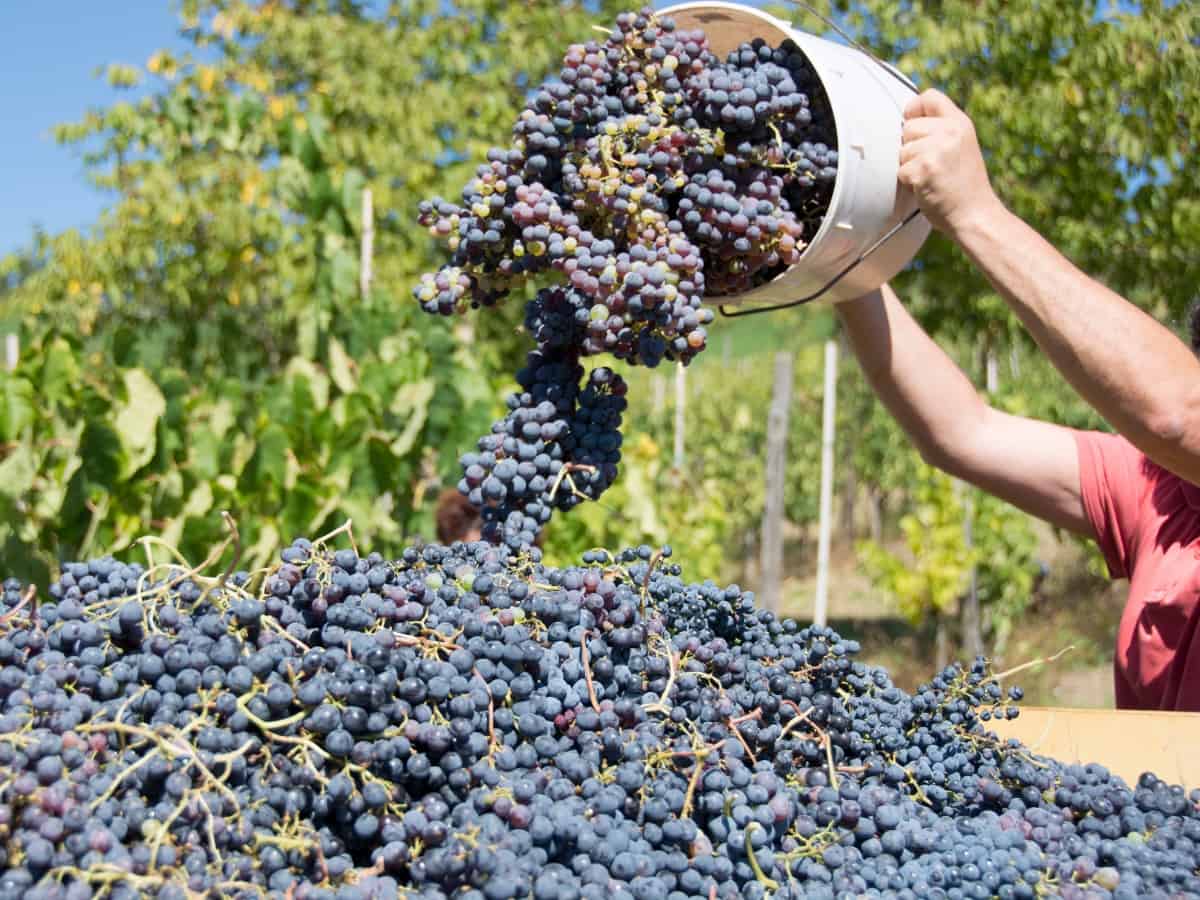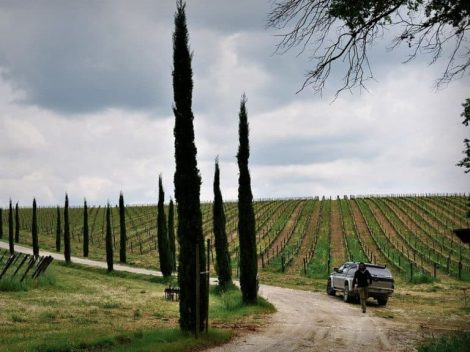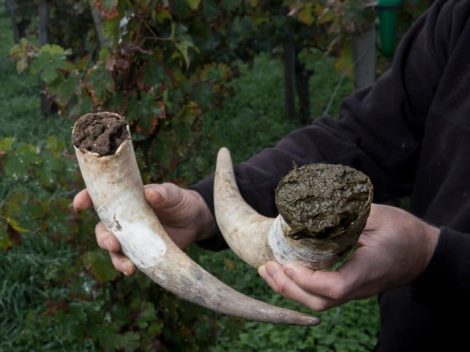After a negative 2023, Italian wine hopes to recover a few percentage points in 2024. The national sector, facing a challenging period, is looking for a rebound, as reported by Mediobanca’s study on the Italian wine sector. According to a survey of 253 large companies, Italian wineries closed 2023 with a -0.2% decrease in wine sales revenue compared to 2022, with domestic sales down by -0.7% and a slight increase in exports (+0.3%). The weekly *Tre Bicchieri* discussed this in its regular survey of top brands published last February. For 2024, entrepreneurs expect total sales to increase by 2.6%, with exports up by 3%. The sparkling wine segment is more optimistic, anticipating a 3.7% sales growth, with exports rising by 6.8%, compared to non-sparkling wines, which are projected to grow by 2.3%, with exports up by 2.2%.
Maintaining profit margins
The 2023 financial statements of Italian wine companies showed resilience in profitability parameters. The EBIT margin increased by 1.4% from 2022, with a net profit-to-revenue ratio of 4.2%. However, the year saw a 4.5% decline in wine volumes sold across all channels. Mediobanca analysts note that inflation eroded household purchasing power, "penalising mid-range wines (-10.1% from 2022) and confirming greater market polarisation." Low-end wines saw a slight decline (-1.7%, with a market share of 44.2%). The trend towards premium wines continues, with high-end wines up by 12.7% from 2022 and holding an 18.6% market share, along with sustainable wines. Specifically, organic wines increased by 1.4% with a 5.4% market share; vegan wines rose by 9.6% with a 2.7% share; and natural wines grew by 1.8%, holding a 1% market share.

Strong sales for sparkling wine producers
In terms of revenue, the 2023 sales leadership went to the cooperative group Cantine Riunite with its subsidiary Giv (Gruppo Italiano Vini), with a turnover of €670.6 million (-3.4% from 2022). In second place was the wine hub Argea (€449.5 million, -1.2%), followed by Italian Wine Brands with €429.1 million (-0.3% from 2022). According to Mediobanca, the type of wine sold, particularly concerning foreign sales, significantly influenced revenue trends in 2023. Non-sparkling wine producers saw a total revenue decrease of 0.6% from 2022, with both domestic and export revenues contracting (-0.7% and -0.5%, respectively). For sparkling wines, the decline in domestic sales (-1.1% from 2022) was offset by a 2.5% export growth, maintaining the overall level (+0.4%). Future growth expectations are also tied to sparkling wines, with projected revenue growth of 3.7% compared to 2.3% for non-sparkling wines.
Italian wine increasingly PDO, less PGI
In 2023, 47.7% of Italian wine was PDO (DOC and DOCG), up from 38.5% in 2013. PGI wines decreased from 35% in 2013 to 27% in 2023, not far from table wines (25.3% in 2023). Piedmont leads with 19 DOCG and 41 DOC, followed by Tuscany (11 DOCG, 41 DOC, and 6 IGT) and Veneto (14 DOCG, 29 DOC, and 10 IGT). Tuscany accounts for 39.3% of PDO wine production; in Piedmont, 94.6% of regional production is PDO. The value of bottled PDO and PGI wines is €4.3 billion in Veneto, followed by Piedmont with €1.4 billion and Tuscany with €1.2 billion.

Tuscany leads in financial stability
Regional excellence boosts company financials. Tuscan wine companies have the highest EBIT margin (16.5%) and the best ROI (6.3%). Veneto and Piedmont follow (both at 6.1%). Tuscany also leads in financial solidity, with financial debts amounting to just 18.4% of invested capital, according to the Mediobanca report. Piedmont producers lead in export revenue (64.5% of turnover), followed by Tuscany (60.6%). In 2023, exports drove the performance of wine companies in Friuli (+6.1% total sales, +22.3% exports), Lombardy (+4.4%, +7.4%), and Emilia-Romagna (+1.6%, +8.6%). For 2024, regional optimism is high for Emilia-Romagna (+4.6%), Puglia (+4.3%), and Piedmont (+4.2%). However, negative sales forecasts are expected for companies in Sicily and Trentino Alto Adige.


 God Bless those who don’t forego Stracciatella on the evening of December 25th. Here’s the recipe from a renowned Roman trattoria
God Bless those who don’t forego Stracciatella on the evening of December 25th. Here’s the recipe from a renowned Roman trattoria Hidden in an old district of Perugia lies one of Italy's cosiest wine bars
Hidden in an old district of Perugia lies one of Italy's cosiest wine bars Christmas Eve dinner and Christmas Day lunch: festive traditions rooted in Solstice feasts
Christmas Eve dinner and Christmas Day lunch: festive traditions rooted in Solstice feasts George Washington had his secret recipe: here’s how Eggnog made a comeback in Europe
George Washington had his secret recipe: here’s how Eggnog made a comeback in Europe Historical breakthrough: Italy will also produce dealcoholised wines. Lollobrigida signs the decree
Historical breakthrough: Italy will also produce dealcoholised wines. Lollobrigida signs the decree







